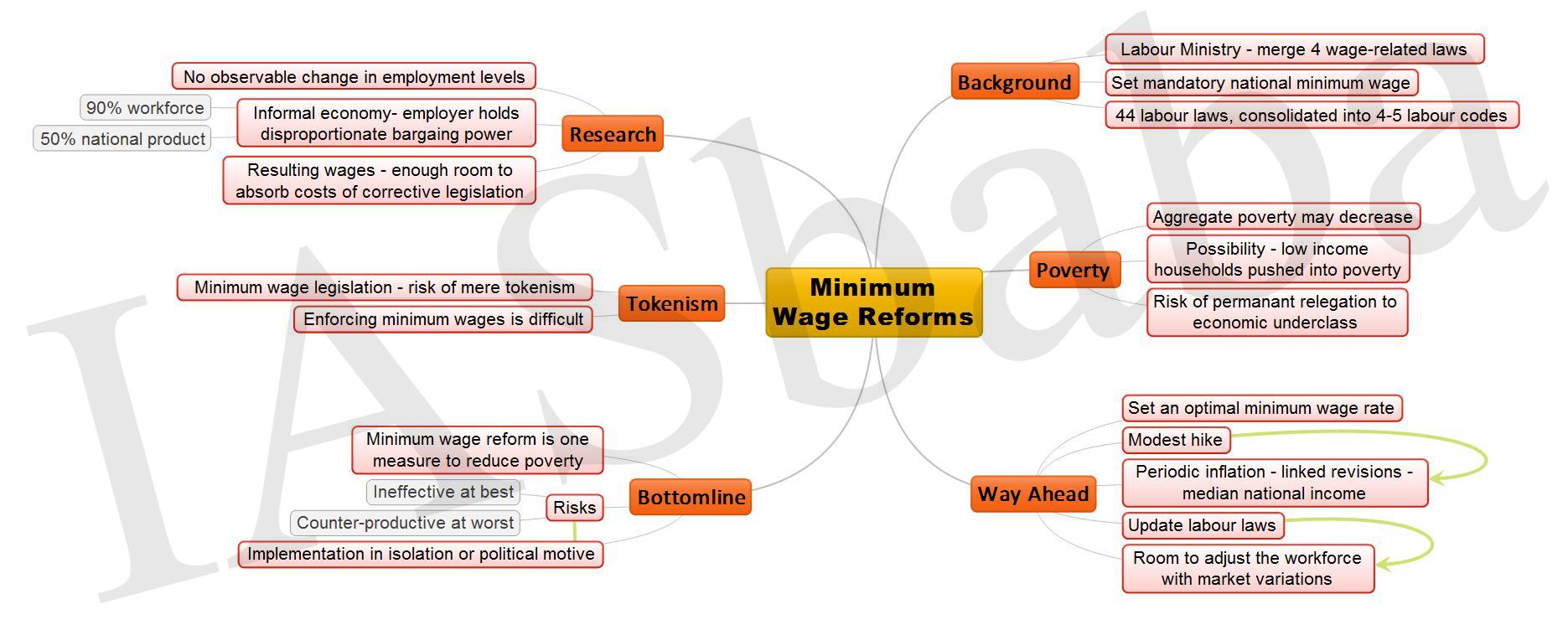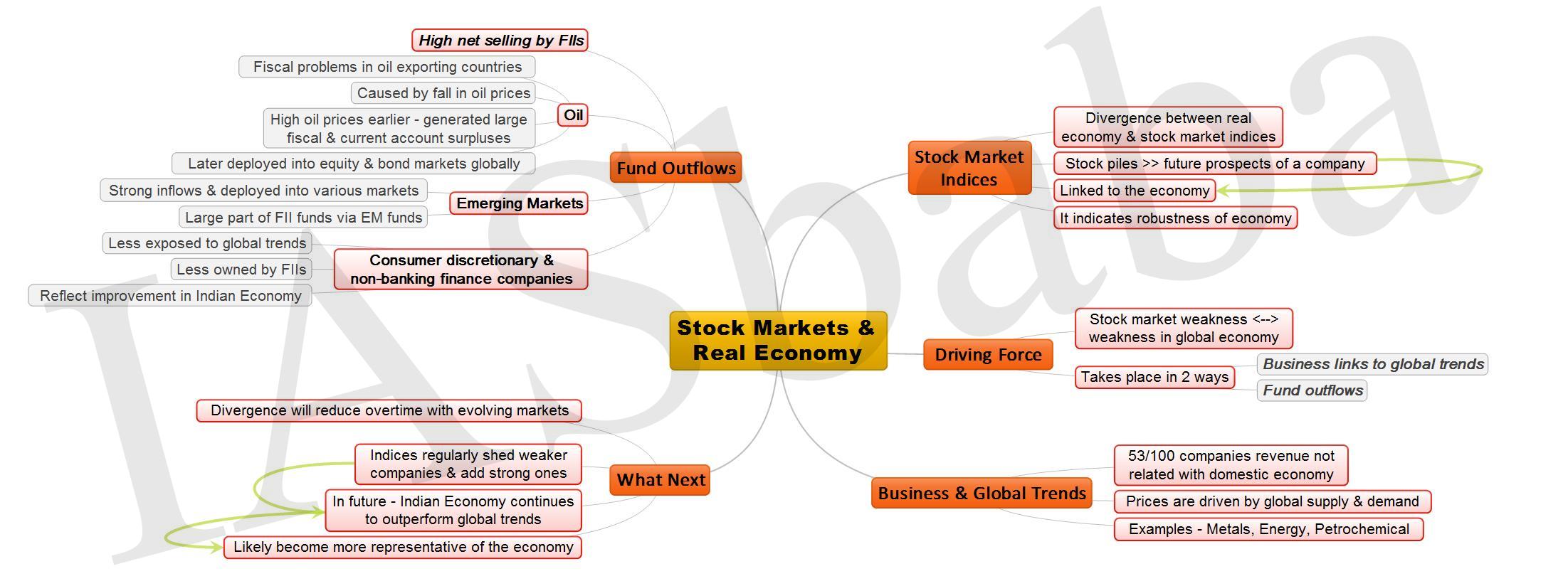IASbaba's Daily Current Affairs Analysis, IASbaba's Daily Current Affairs December 2015, National, UPSC
Archives
IASbaba’s Daily Current Affairs – 24th December, 2015
NATIONAL
TOPIC: General Studies 2
- Functions and responsibilities of the Union and the States, issues and challenges pertaining to the federal structure, devolution of powers and finances up to local levels and challenges therein.
- Important aspects of governance, transparency and accountability
How to fast forward the backward states?
- The recent (2015) Bihar election was a fierce contest for political space.
- Much fierce would be the 2017 elections in UP, Madhya Pradesh and Odisha.
- Even after six decades of independence very less development can be seen in so called BIMARU(Bihar, Madhya Pradesh, Rajasthan, UP) states which will be going for polls in 2017.
A look into BIMARU states
- Taken together, Bihar, Uttar Pradesh, Madhya Pradesh, Rajasthan and Odisha, account for 45% of India’s population and 35% of its land area.
- But they contribute only 28% of national income and are home to 53% of the people who live below the official poverty line in India.
- This represents an underutilization of our most abundant resource, people, and also our most scarce resource, land.
- It also suggests that there is a vast potential for development, which could transform India if only it can be mobilized.
2000-08: The era of development in BIMARU states
- Observers and analysts have highlighted the impressive growth performance of these states since the early 2000s, as average annual output growth rates, in real terms, were close to double-digit levels, until the downturn in the national economy in 2008.
- However the growth performance did not help states to reduce the poverty levels and promote inclusive growth.
Reasons for divergence in incomes between rich states and poor states
- Between 2000-2008 , the growth in BIMARU states almost matched the rich states(Punjab, Haryana, Tamil Nadu, Maharashtra).
- But still there existed divergence in incomes between rich and poor states. The poor states were not able to capitalize on the growth rates due to two reasons
- Output growth was rapid even in the richer states, while population growth rates were significantly higher in the poorer states so that the growth in their income per capita was distinctly lower, leading to the widening gap.
- Not all regions in poor states contributed for economic growth. There existed regional disparities within the poorer states.
LPG (liberalisation, privatization, globalisation) era: A cause for regional disparities
- It is in the logic of markets, driven by liberalization, which tends to widen regional disparities because of a cumulative causation that creates market-driven vicious circles.
- Regions that are better endowed with natural resources, physical infrastructure, skilled labour or educated people, experience rapid growth. Like magnets, they attract resources and people from elsewhere.
- In contrast, disadvantaged regions tend to lag behind and become even more disadvantaged.
- Over time, the gap widens through such cumulative causation.
- This has happened in most developing countries that have experienced rapid growth, whether China and Indonesia in Asia or Brazil and Mexico in Latin America.
Why growth matters?
- Growth matters because it is cumulative.
- If output growth, in real terms, is 10% a year, output doubles in seven years.
- If per capita income growth, in real terms, is 7% (or 5%) a year, per capita income doubles in 10 or (14 years).
- But the complexity of economic growth cannot be reduced to a simple arithmetic of compound growth rates.
- It is also important to consider what drives and sustains economic growth.
What do the underdeveloped states need?
The underdeveloped states need the following three conditions to kick start the development process
- Initial conditions.
- Supportive government.
- Good governance.
- Initial conditions:
- There are two aspects of initial conditions.
- The first is the creation of a physical infrastructure, led by the government, through public investment in power, roads, transport and communications.
- The second is the spread of education in society, where primary and secondary education should be the focus, with an emphasis on learning outcomes.
- This will need a massive revival of public schooling systems that have lost significance over the period of time.
- Supportive government
- Development is about the well-being of people, the state governments should concentrate on safe drinking water, sanitation facilities, and public health in rural areas, to support social consumption for those who cannot meet these basic human needs through private incomes.
- Development is about transforming the production capabilities of economies, there is a role for these state governments in evolving policies, developing institutions and making strategic interventions, whether as a catalyst or a leader.
- Good governance
- Good governance, is critical. Governance capabilities do matter.
- Indeed, the quality of governance is an important determinant of success or failure at development.
- The most striking illustration of this proposition is provided by the wide diversity in economic performance across states in India, despite common policies, similar institutions, and the economic union.
- Public perceptions about governance shape electoral outcomes as people re-elect, or out throw, incumbent governments.
Connecting the dots:
- Critically evaluate the reasons for wide spread regional disparities in India. Analyse the measures taken by government to curb regional disparities.
- What do you understand by a backward state? Critically examine the various committee recommendations wrt identification of backward states in India.
NATIONAL
TOPIC:
- General Studies 3: Infrastructure: Energy, Ports, Roads, Airports, Railways, etc.
- General Studies 2: Government policies and interventions for development in various sectors and issues arising out of their design and implementation.
Inland waterways policy: Dredging through the silt
- The success of inland ports such as Duisburg (Germany) and Nanjing (China), which have been competing well with sea ports, offer clear evidence of the merits of leveraging Inland Waterway Transport (IWT).
- Inland waterways are far more efficient mode of transportation than either road or rail, considering that just a single mid-sized barge (flatboat) has the dry-cargo capacity equivalent to 50 trucks or over 10 railcars.
IWT in India and other parts of the world: A comparison
- In China, navigable inland waterways total more than 1,00,000 km and there are a large number of inland port facilities with berths for large vessels, with the inland waterways transportation making up to 47 per cent of the total transport available there.
- In the European Union it is 44 per cent.
- Inland waterways transportation in India, however, is a paltry 3 per cent.
- The number of vessels carrying cargo that ply on inland waterway systems in China and the EU are 2,00,000 and 11,000, respectively, while there are less than 1,000 vessels estimated to be using the Indian inland waterway systems.
- The crucial difference being that these countries have maintained and upgraded their river systems on core routes that can support large modern vessel fleets up to 40,000 tonnes of cargo on a single voyage, even as India is struggling to create depth in its river systems for vessels of 1,500 tonnage to go through.
- Even in Bangladesh, about 35 per cent of the freight movement is by inland waterways and in Germany it is 20 percent.
The National Waterways Bill, 2015
Under Entry 24 of the Union List of the Seventh Schedule of the Constitution, the central government can make laws on shipping and navigation on inland waterways which are classified as national waterways by Parliament by law.
Provisions of the bill
- The Bill identifies additional 106 waterways as national waterways. The Schedule of the Bill also specifies the extent of development to be undertaken on each waterway.
- The bill recognizes inland waterways as a fuel efficient, cost effective and environment friendly mode of transport.
- The bill provides statutory recognition for the existent six national waterways and another 101 additional waterways, that will get established under the present bill.
- The bill provides for setting up of Statutory Autonomous Boards with representatives of Central and state governments and technical experts to look into management issues of each national waterway.
- The bill plans for creation of sustainable depth for waterways (existent and future) which increases the usability of the waterways.
- Increased participation of state in development of waterways with 74:26 share of centre and state respectively.
Way ahead:
- Transportation of cargo over inland waterways offers the advantage of both lowering carbon dioxide emissions and curbing the rate of road accidents.
- Despite these tangible advantages, the policymakers have focussed on railways and roadways by completely neglecting inland waterways.
- Implementation of provisions of National waterways Bill, 2015 can be a game changer in development of inland waterways in India.
Connecting the dots:
- Critically examine the advantages of Inland Waterways transport over other modes of transport in India.
- Critically evaluate the provisions of the proposed National Waterways Bill, 2015.
Related Articles
Inland Water Transport (IWT) in India : An analysis
MUST READ
Rage of the self-righteous Republic
An opportunity missed at Nairobi
For more information on ‘Message from Nairobi- WTO Negotiations ’, refer the below link
http://iasbaba.com/2015/12/iasbabas-daily-current-affairs-23rd-december-2015/
http://iasbaba.com/2015/11/iasbabas-daily-current-affairs-14th-november-2015/
Sugarcane dues: Maharashtra growers protest, demand full payment- Even as some mills have started complying with govt’s 80:20 formula, the farmer bodies are demanding interest on the 80% FRP being paid
For more information on ‘Sugar industry of India under turmoil ’, refer the below link
http://iasbaba.com/2015/08/iasbabas-daily-current-affairs-12th-august-2015/
Too much of financial inclusion push can hurt banking sector
Earlier, RBI had said banks, particularly PSBs, were not being fully compensated for the accounts being opened under the Pradhan Mantri Jan Dhan Yojana
India has to brace for more volatility, currency war- The report warned that the world is heading towards more uncertainties and India, expected to show gradual recovery, should be prepared
Supreme error- The court has misread the constitutional right to adult suffrage, which includes right to contest and to vote.
For more information on ‘Haryana Panchayat Raj (Amendment) Act 2015’, refer the below link
http://iasbaba.com/2015/12/iasbabas-daily-current-affairs-16th-december-2015/
The Elders Rush In-Rajya Sabha has failed in its role as a delaying chamber for unwise legislation.
Winter chill- Parliament’s promise of greater mellowness and debate was belied this session. Rajya Sabha did not live up to its mandate.
India should reclaim its space in Afghanistan – Ashraf Ghani’s appeasement of Pakistan army has been fruitless so far
MIND MAPS
1. Minimum Wage Reform
2. Stock Market- Economy















